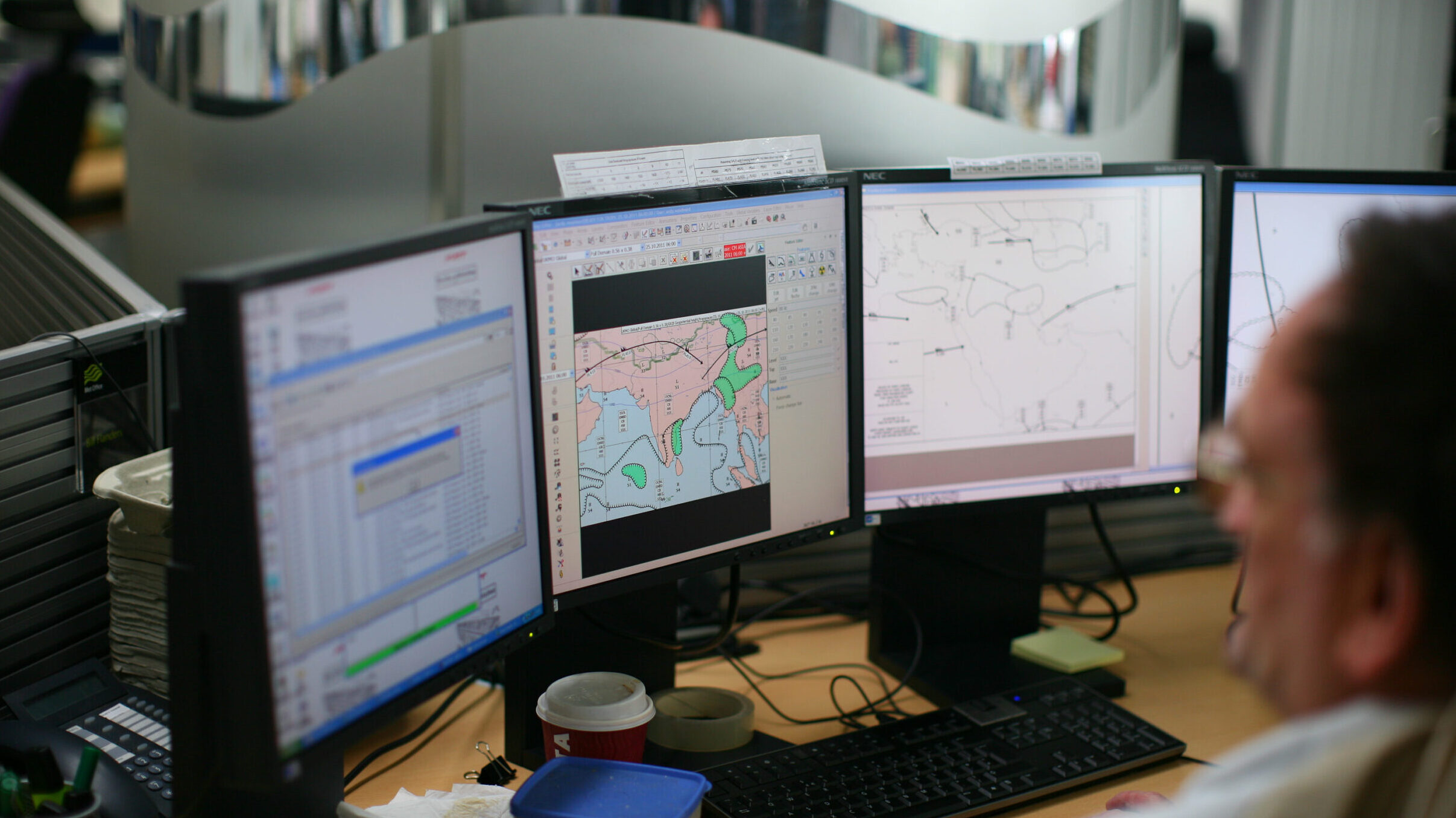
Visual Weather is designed to supply meteorological institutions with software that will cover the majority of their operational requirements. Primary clients of Visual Weather are national meteorological services, private weather services, aviation and military authorities that benefit from its key functionalities for data integration, visualisation, interactive display and automated output generation and from myriad other functionalities for task management, user-driven production of textual and graphical outputs, monitoring, alerting and more.
Visual Weather provides unparalleled visualisation options that allow to display any data in your preferred way, overlay it with other data and zoom into any part of the world.
Interactive tools to interrogate the data that help forecasters to build a detailed understanding of the weather story.
The primary mission of meteorological services is to keep citizens and industries informed about the current or upcoming weather and possible dangerous threats. Visual Weather will help you in providing quality weather forecasts and timely alerts for the public and for sectors that rely on accurate weather information, supplying the following:
Reliability, ease of use, speed and efficiency – Visual Weather has all the essentials that aviation meteorology requires. The tools remove all the difficulties that you may encounter in issuing aviation products:
In today's interconnected world, meteorology is not an isolated field but integrated with other systems, often outside the realm of traditional meteorology. Visual Weather enables users to share a broad range of weather data and visualisations through OGC (Open Geospatial Consortium) compliant web services. Customised meteorological maps created in Visual Weather can be published via the OGC Web Map Service (WMS) protocol. Visual Weather also supports the publication of data through the OGC Environmental Data Retrieval (EDR) protocol, as well as the older WCS and WFS standards.
Furthermore, Visual Weather can utilise OGC services as data providers, enhancing your own data. It includes a WMS client data layer, and EDR or WCS services can be seamlessly integrated into Visual Weather’s grid processing engine, functioning just like traditional NWP, satellite, or radar data.
Visual Weather has a number of advanced features that will take the forecasting capabilities to the next level.
Computation tool and over a thousand of ready-to-use functions let you create scientific calculations over the received data to visualise model differences, thermodynamic indices, vorticity etc.
The system can be extended by creating your custom plugins and using Visual Weather as a development platform for building your own additional weather forecasting applications and functionalities
Visual Weather has a portfolio of features and functionalities as it was developed to fulfil the different needs of forecasters, scientists, data managers and it can be used by meteorological offices, aviation authorities or private companies or educational institutions.

Visual Weather supports most of meteorological standard formats off the shelf, and its extensibility allows to integrate all your weather data. State-of-the-art technologies ensure that the meteorological services are able to cope with the expanding volume of meteorological data.
Deploy Visual Weather according to the needs of your service.